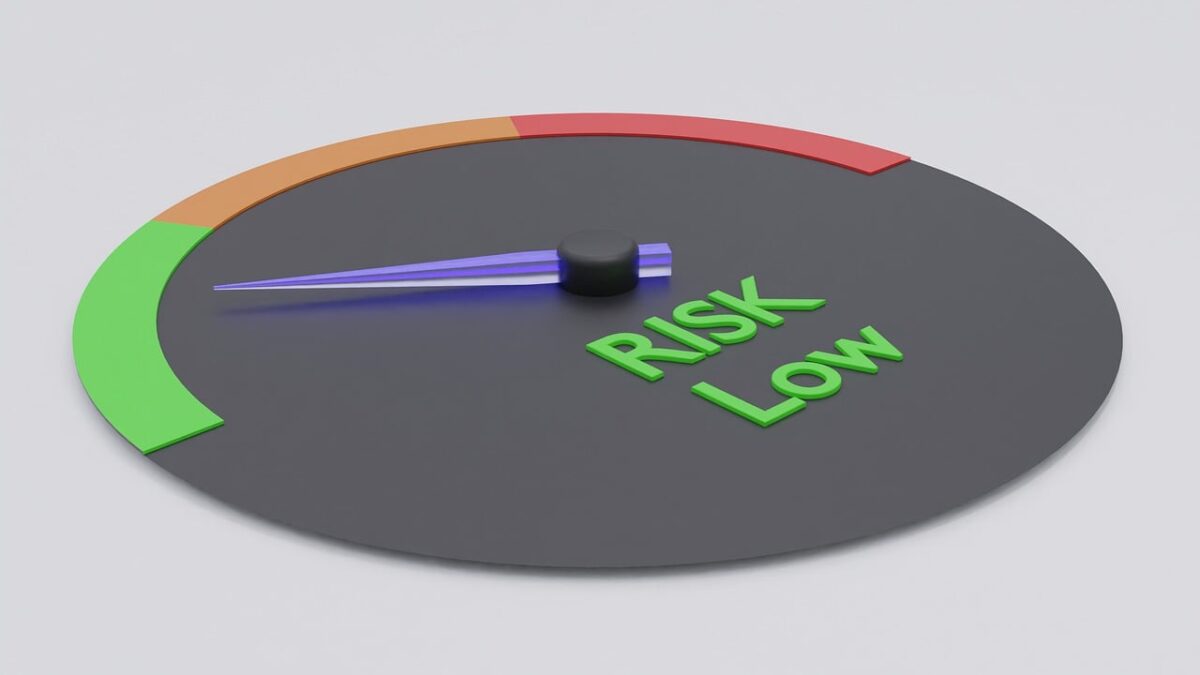To master strategic risk approaches in trading, one must possess strong technical analysis skills.
Numerous technical trading strategies exist, but today’s piece focuses
on how to excel in trends and support and resistance zones because that’s how I personally trade.
There are various ways to apply risk management to gain an edge over the market.
What I am about to share works, and these strategies have been thoroughly tested.
Strategic Risk Approaches to Have an Edge
Mastering these three strategic risk approaches in trading will allow you to gain an edge over the market.

This skill set will enable you to navigate market manipulations effortlessly.
I have previously discussed who is responsible for market manipulations and how to protect yourself as a retail trader.
Today, I will dive deeper into three strategies and provide
a blueprint that you can apply alongside your technical ability.
Take note: if you have good risk management but lack technical skills, your trading business will collapse.
Similarly, if you have strong technical skills but lack risk management, your business will also fail.
Think of trading as a business that you run alone.
To gain an edge over the market, you need to find harmony between your technical skills and strategic risk approaches.
Strategic Risk Approaches in Trading: Using Stop Losses
This approach is crucial because it helps protect your investments.
You should internalize this formula or write it down and place it somewhere visible at your trading station:
Formula: Stop Loss = Edge over the Market
The S=D approach is a recommended starting point, suitable for traders with varying levels of access to capital.
Once your overall strategy is aligned and all components work in harmony, capital investment becomes your next focus.
Remember, we all come from different financial backgrounds,
so use your situation to your advantage.
Do not compare yourself or attempt to fully replicate someone else’s capital investment strategy.
Example 1: Mrs. Daenerys
Mrs. Daenerys saved R10,000 ($546) to invest in the forex market.
After spotting a setup, she quickly entered buy positions.
As prices rose above her entry point, she felt confident and left for work, assuming prices would remain stable.

Unfortunately, she did not place a stop loss.
Five hours later, during her lunch break, she checked the market and was shocked to see a drastic
price drop, reducing her account from R10,000 to R2,000 ($109).
She closed the trade, wondering what went wrong.
Example 2: Mrs. Reeves
Mrs. Reeves, on the other hand, saved R5,000 ($273) for forex trading.
After identifying an opportunity, she entered buy positions but ensured she placed a stop loss.
Like Mrs. Daenerys, the market dropped drastically, but her stop loss
limited her loss to 5% of her account, amounting to R250 ($14).
The strategic use of stop losses protected Mrs. Reeves from significant losses, ensuring her trading account remained healthy.
Conversely, Mrs. Daenerys’ failure to use a stop loss left her account severely depleted.
Strategic Risk Approaches in Trading: Risk/Reward Ratio
The second approach involves managing your risk/reward ratio. The formula for this is:
Formula: Target – Risk Exposure = Edge over the Market
A balanced risk/reward ratio ensures you win big and lose small, regardless of market conditions.

By exposing only 1-5% of your account and potentially gaining 10-15%, this approach
allows you to trade with discipline, ensuring long-term survival and profits.
It also helps curb fear and greed by clearly defining acceptable risk and potential gains.
Example 1: Nelson
Nelson reviewed his trading history, wondering why his account remained negative despite winning and losing trades.
Upon analysis, he discovered that his average profit per trade was $14, while his average loss was $30.
This imbalance revealed issues with fear—exiting trades too early in profits—and greed—holding trades too long, leading to losses.
Example 2: Adolph
Adolph’s trading history showed consistent growth.
He realized that, on average, he lost $40 per trade but gained $150 on winning trades.
With eight losses and four wins, he remained profitable due to his disciplined approach to managing risk and reward.
This demonstrates the importance of adhering to a favourable risk/reward ratio, especially
for growing small accounts into significant balances over time.
Strategic Risk Approaches in Trading: Overleveraging
In my previous article, “Protect Your Trades from Manipulations,” I highlighted the dangers of overleveraging.
Overleveraging can lead to significant losses, potentially
wiping out your trading account with a single trade.
However, there is a way to use overleveraging strategically without exposing yourself to excessive risk.
This approach involves amplifying gains while minimizing losses by not funding your entire trading account upfront.
Example: Mpumi_n_co
Mpumi_n_co saved R10,000 ($546) for trading.
Normally, he risks 5% of his capital, or R500 ($27), per trade, aiming for a 15% return (R1,500 or $82).
This time, he employs a strategic overleveraging approach.

Instead of funding the entire R10,000, he funds only R500.
He places more positions than usual and allows the trade to play out.
If he loses, he only loses R500, leaving him with R9,500.
However, when he wins, he gains an average of R2,000 to R3,000.
This strategy enables Mpumi_n_co to amplify gains
while maintaining effective risk management, even without placing an actual stop loss.
However, this method requires mastery of timing market entries and exits before attempting.
Strategic Risk Approaches in Trading: Conclusion
Strategic risk management is essential for trading success.
Using stop losses, maintaining a disciplined risk/reward ratio, and strategically
overleveraging are proven methods to protect and grow your trading account.
Mastering these approaches requires practice, discipline, and a thorough understanding of market behaviour.
By integrating these strategies into your trading routine, you can gain a significant
edge over the market while minimizing risks and maximizing returns.

